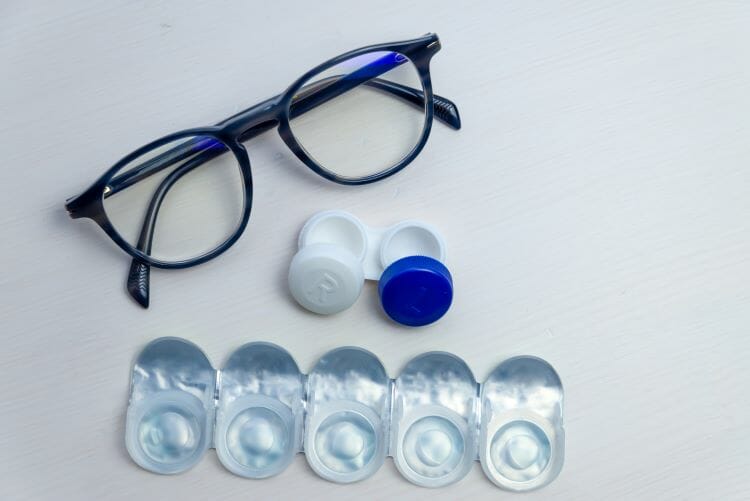October 2, 2023
We’re all looking for ways to be more efficient, have better outcomes, and ensure success for our multifocal contact lens wearers. Over the years, we’ve learned a thing or two, so here are some tips and tricks when fitting these lenses.
Follow the Fit Guide
If there’s one thing to take away, it’s this: Follow the manufacturer’s fitting guide. Each lens has different options, different lens designs, and different nuances to them. The manufacturer has spent a lot of time and resources devoted to getting success quickly in their products. Looking at soft contact lens manufacturers, most have data that show over 90% success rate when following the fit guide in two lenses or less per eye. These guidelines are based on other ECP-driven contact lens examinations.
Set Realistic and Positive Expectations
In our article,“Prepare Your Pre-Presbyope Patient for Multifocal Contact Lenses,” we discussed the importance of expectations. It is one of the best tips for multifocal success. If we don’t define what we think success looks like, then our patient gets to decide while the lenses are working. Set realistic goals without sounding negative because no one wants to start a process with a compromise.
Assess Vision with Real World Targets
There are very few patients whose visual world is a 12-foot room with a high contrast static target at distance and a well-lit high contrast reading card at near. When setting up expectations, we don’t give the patients a Snellen equivalent as our benchmark. Instead, we use something more tangible to the patient such as driving or reading their phone. Stick to these targets when initially assessing their vision. If we start with the chart in the room, especially set on 20/20, we may have a bad first impression and not regain positive momentum.
Get the patient out of the exam room so they can experience their vision in a real setting. Let them take a lap around the office to experience a more realistic environment. The patient will give better feedback if they are seeing what they would typically see in their day-to-day life.
If time allows in your office, letting the patient select their frames while wearing their new lenses is another helpful way to demonstrate great vision. Every contact lens wearer needs backup glasses, and this gives the patient the ability to see the frames they are trying on.
Let the Lenses Do the Work
Our brains are often self-sufficiently smart. When the patient has functional vision at distance and near, the brain will learn to adapt to the vision and will improve the patient’s perception of their vision. The neuroadaptation process takes about two weeks for the vision to equilibrate. We see the same for progressive addition lenses in our optical, and we tell our patients to wear the glasses in order to get used to them.
Succeed Fast, Fail Faster
Not every first option is going to work for our patients. It is usually the patient who feels bad for multiple visits, multiple lenses, and longer chair time. With the newer technologies on the market, not only do we succeed quickly, but failing quickly is beneficial. Knowing that a lens design is not the right fit helps eliminate wasted time, and we will know on the first lens in the eye (assuming we followed the fit guide correctly). If a patient is not functional at both distance and near, it is a sign to switch modalities or designs for the patient.
“It Just Looks 3D”
Every so often, we get a patient who tells us that they can read their phone or the lines on a well-lit reading card but that it looks fuzzy or will even call it “3D.” Usually when this happens, we have too much reading power at near and have overcorrected the patient. Again, refer to the fit guide as if the patient needs less reading help for an improvement of the near vision. Even though this seems counterintuitive at first, the higher power for near is blurring the edges for the patient.





